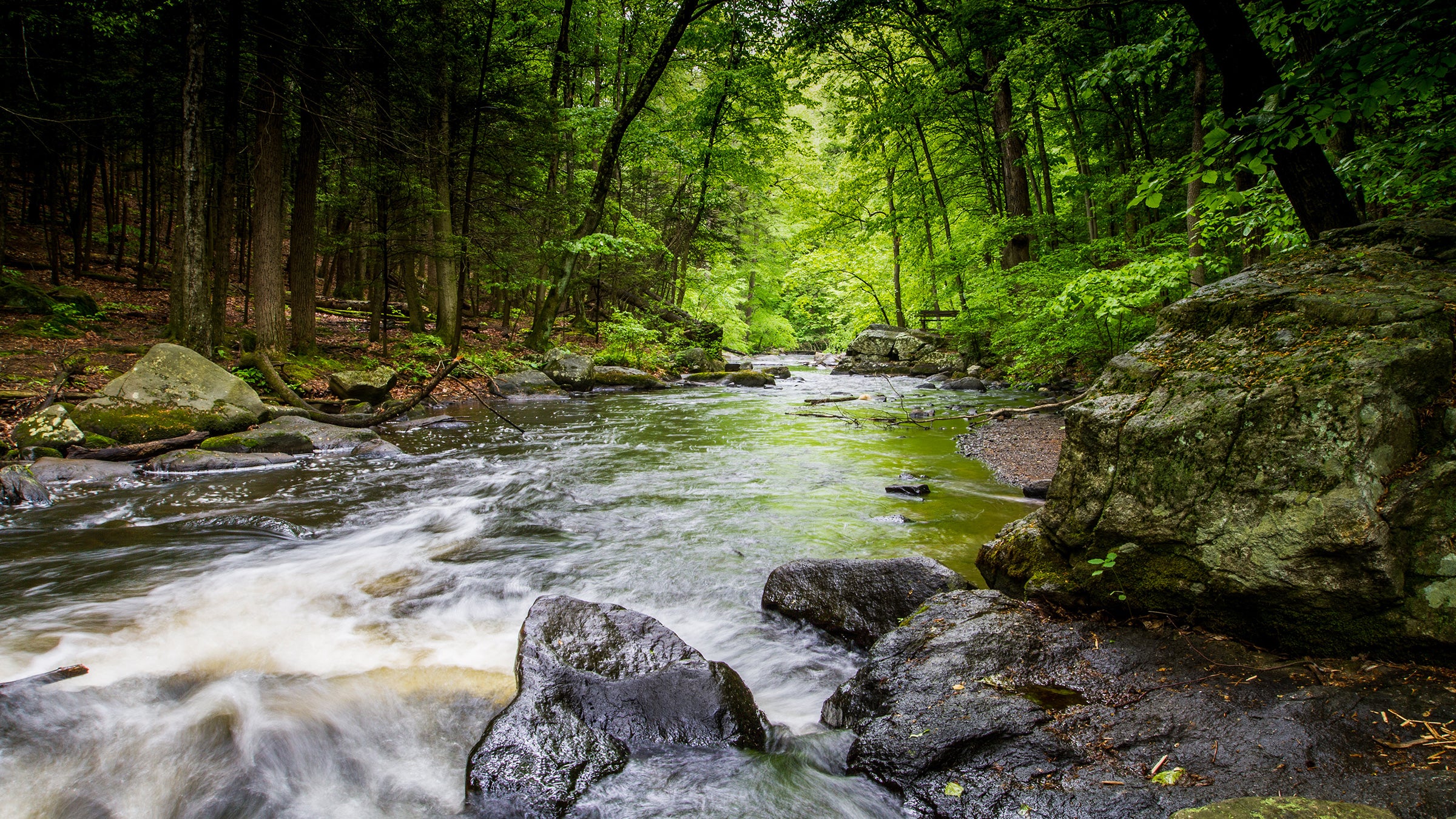How to Ford a River Safely

(Photo: Jim Lukach (CC BY 2.0))
Mark crossings as you plan your route, and call ahead to check water levels. Carry a tide chart if you’ll be hiking coastlines.
Look for a different place to cross if you’re in deeper than your knees; scout downstream if you encounter rapids, waterfalls, or obstacles such as fallen trees.
Always cross a river at its widest point; narrow spots are deeper and faster. Check your map for forks, which contain less water and are potentially easier to cross. On glacial rivers, many braids mean easier wading.
Cross glacial rivers early in the day when possible, to avoid the higher runoff volume that comes with afternoon melting.
In muddy or silty rivers, lob a rock into the current; a hollow “ker-ploop” indicates deep, possibly dangerous water. If the rock moves downstream before sinking or you hear rocks rolling downstream, don’t ford-the current is too powerful.
Keep your boots dry by wearing sandals. Don’t have any sandals? Grit your teeth and go in with your boots—they’ll dry. Only ford a sandy, gentle river barefoot. (While either waterproof or non-waterproof boots will work for river crossings, spring for non-waterproof if you have the choice. They’ll drain better, dry faster, and with the water topping the cuff, the membrane won’t matter anyway.)
Use trekking poles to balance and probe. For fast-moving water, cross at a slight angle, heading downstream but facing upstream. Lean slightly into the current, and step sideways.
Unbuckle your hipbelt before fording fast-moving rivers. You don’t want to get caught if you fall over.
For a difficult crossing, ford as a group with everyone locking arms. For three people, form a tripod (everyone facing in, arms locked) and shuffle across. Alternatively, if you have a sturdy rope, tie one end to a tree and send a strong party member across to tie off the other end. Clip in to cross; the last member brings the rope.
If you fall, don’t panic. Remove your pack if it hinders you from getting up. If the current takes you, flip on your back with your feet downstream. When you reach calm water, swim to shore.